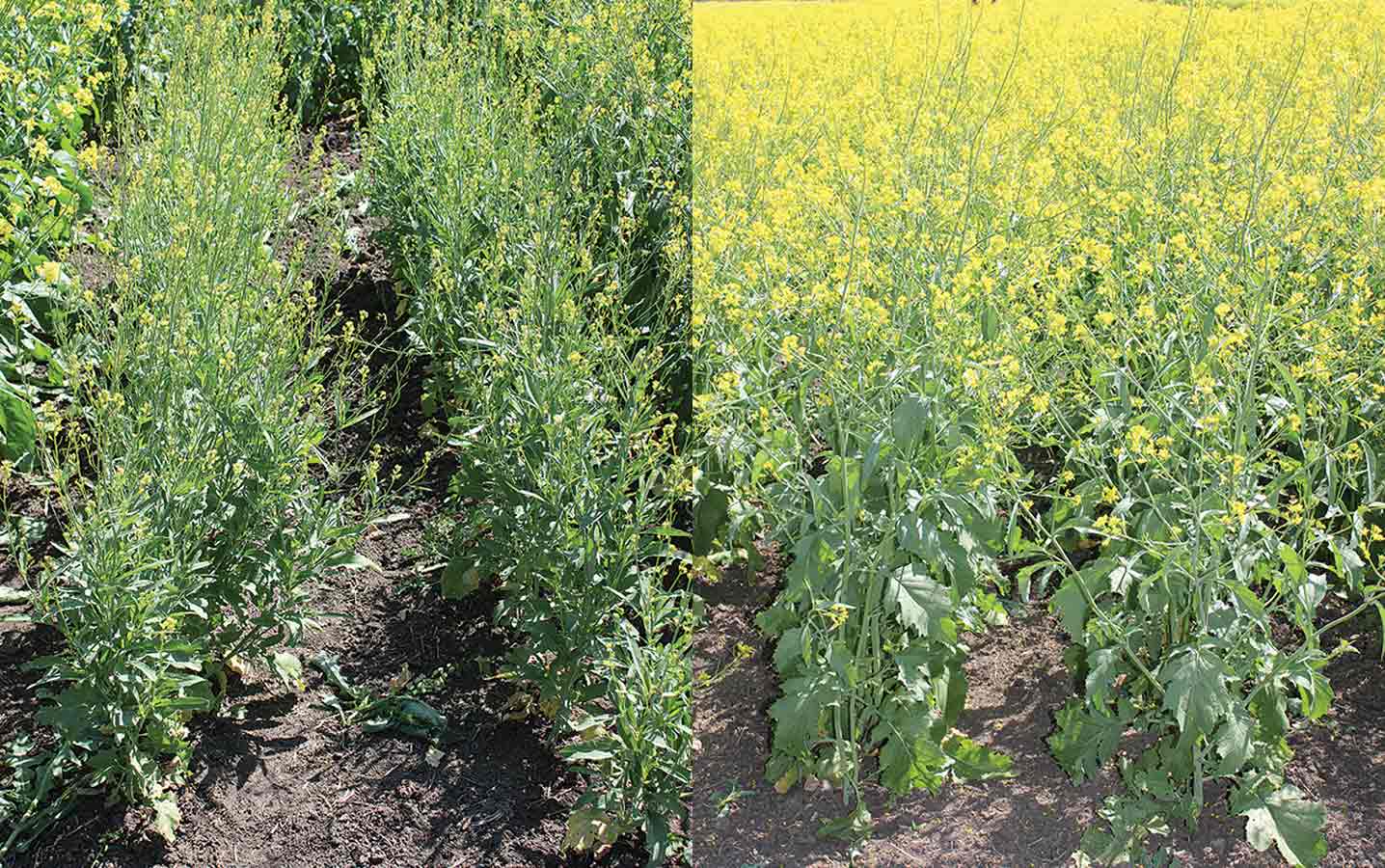Science Edition 2015—Key practice: Rather than using genetically resistant varieties or the application of soil amendments and fungicides, this study is working to develop a new, alternative approach to clubroot resistance by silencing pathogen gene expression within the plant itself. Project title, Lead researcher: “Genomics of Clubroot disease development in canola and development of in-plant RNAi to...
Read More 
Science Edition 2015—Key practice: P. brassicae can rapidly adapt to the selection pressure provided by currently available clubroot-resistant canola varieties. For durable clubroot resistance, it will be important to stack resistance genes and rotate them in clubroot-infested fields. Project title, Lead researcher: “Studies on the genetic and molecular basis for clubroot resistance in canola,” 2010-15, Stephen Strelkov,...
Read More Science Edition 2015—Key Practice: Struvite shows promise as a phosphorus-fertilizer source. This study shows that struvite recovered from hog manure can match yields compared to monoammonium phosphate and provides higher seed-placed safety. Project title, Lead Researcher: “Can slow-release monoammonium phosphate and struvite improve phosphorus use efficiency and reduce seedling toxicity in canola?” Francis Zvomuya, University of Manitoba...
Read More 
Science Edition 2015—Key practice: The Ogura cytoplasmic male sterility (CMS) hybrid system, commonly used in B. napus, will position B. juncea breeders to produce more stress tolerant, blackleg resistant and pod shatter resistant high-yielding canola B. juncea hybrid varieties. Project title, Lead researcher: “Improving the Ogura CMS hybrid system and establishing heterotic gene pools for hybrid breeding...
Read More 
Science Edition 2015—Key practice: Midday herbicide applications are most effective for canola; midnight application for grassy weeds. Project title, Lead researcher: “Night spraying — Pesticide efficacy with night time application (2012-14),” Ken Coles, Farming Smarter Grower organization funder: ACPC Any reduction in herbicide efficacy quickly impacts the return on input investment. With the short Prairie growing season,...
Read More






